British politics used to be pretty simple: Every few years there would be a general election which ended with either the Conservatives or Labour winning a majority of the seats.

Here's why the next election is so hard to predict:
1. Party loyalties are dying. Almost half of the UK electorate have switched party since 2010.

2. Support for the main two parties is falling.

3. The popularity of the party leaders is out of sync with the popularity of their parties.

4. The Lib Dems are confident of keeping quite a lot of seats despite their terrible national poll ratings.
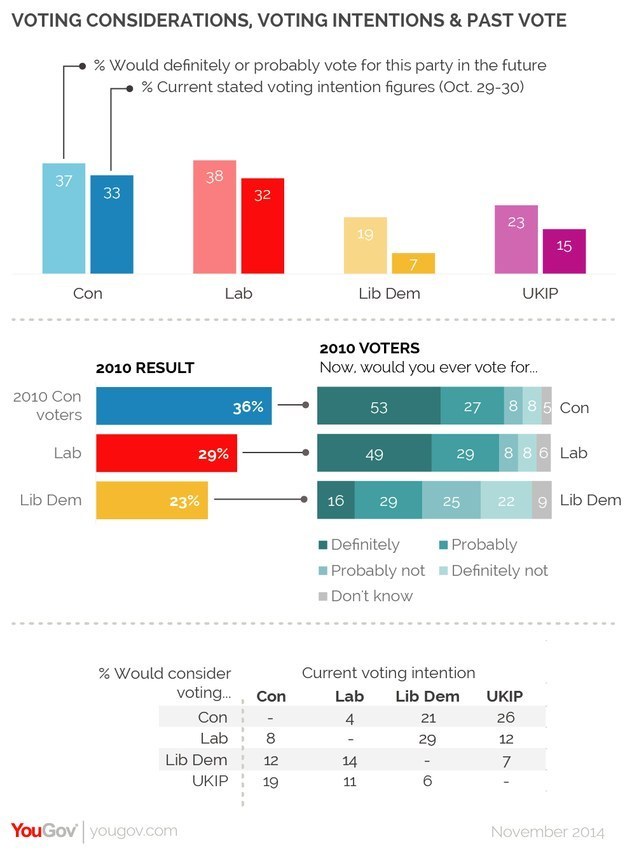
5. Labour's vote depends on the party maintaining the support of former Lib Dems.
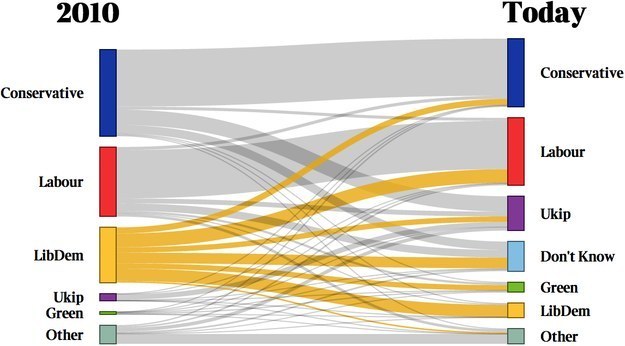
6. The Greens are taking votes from the Lib Dems and Labour.
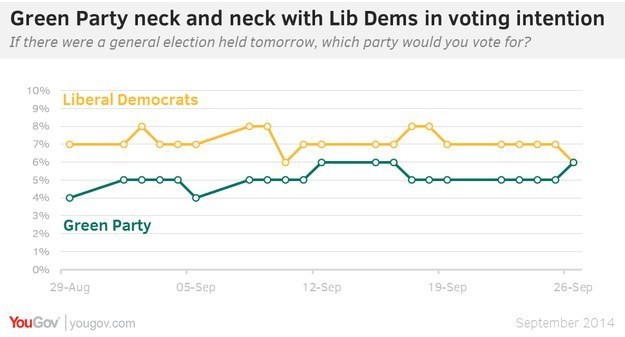
7. UKIP's vote is concentrated in a small number of seats, so it's hard to predict whether it can convert broad national support into MPs.
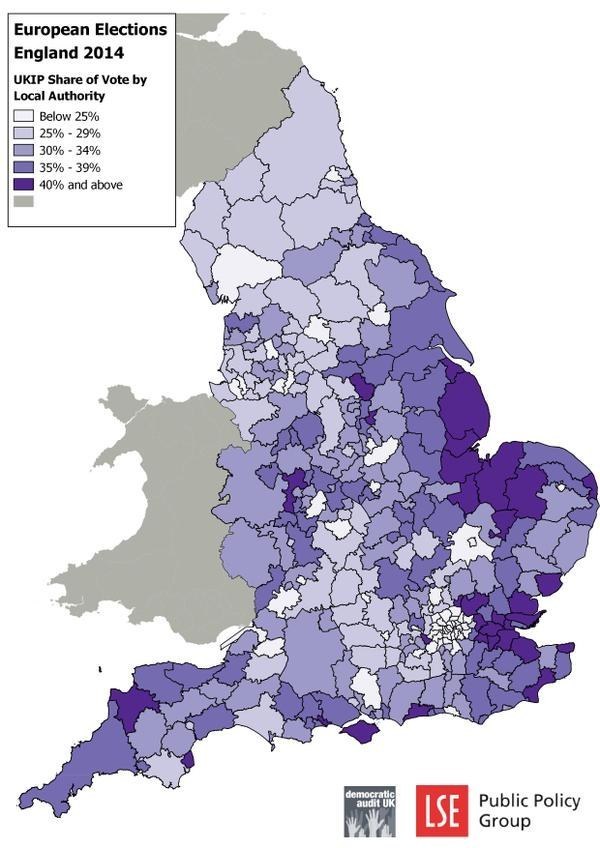
8. The SNP's poll rating is sky high, and pollsters don't really know how to factor that into their models.
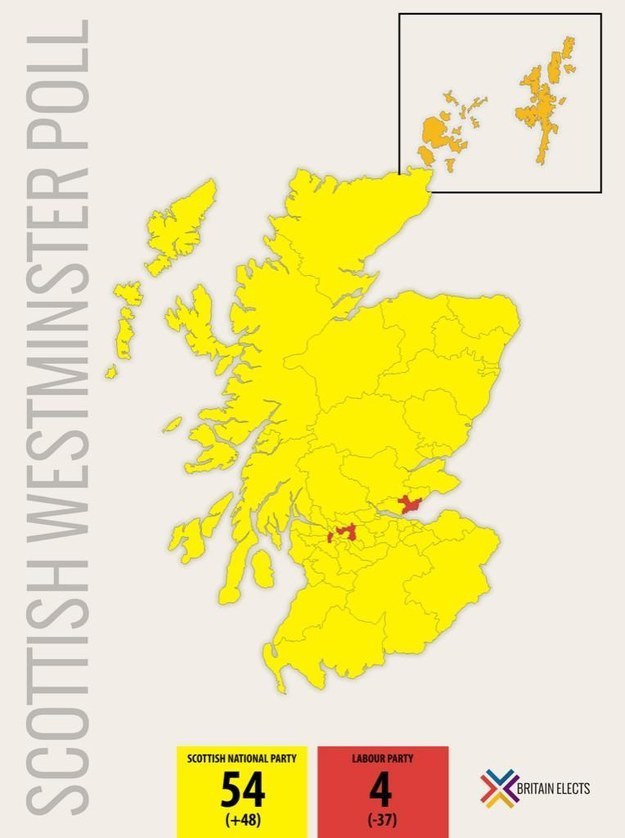
9. Northern Ireland's 18 MPs could hold the balance of power and get to choose who forms the next UK government.
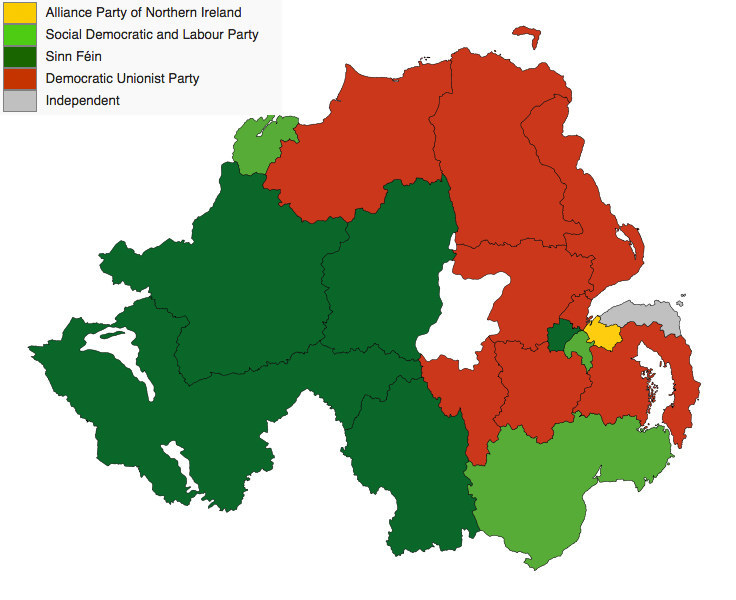
10. All this chaos means a lot of traditional polling methodology doesn't work as well as it used to because it's based on projecting national surveys on to local results.
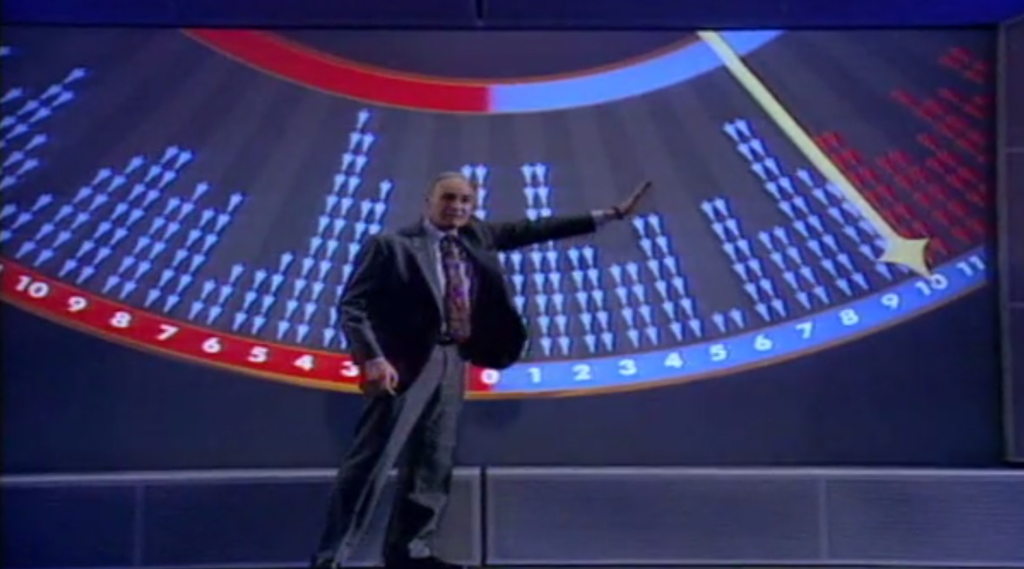
11. The UK's first-past-the-post electoral system isn't well suited to five-party politics.
This graph shows the result of the last election in Norwich South, where the vote split four ways, giving the Lib Dems a narrow win even though they were backed by just 29% of voters.
A few years ago, such a four-way split would have been an unusual result. But the rise of the SNP, UKIP, and the Greens means such narrow victories could start happening all over the place.
Why does this matter? Well, predicting narrow majorities on a constituency-by-constituency basis in a four-way race is very hard without interviewing thousands of people. With lots of four-way races, there could be unexpected results across the country based on local priorities and prejudices.
Or, as Ian Warren, Labour's election data specialist, puts it:
We are not having 1 election in May, we are having 650. Everyone should be in front of that story by now instead of flailing about.
12. All this means that a hung parliament, in which neither main party has enough seats to form a government on its own, is looking very likely.
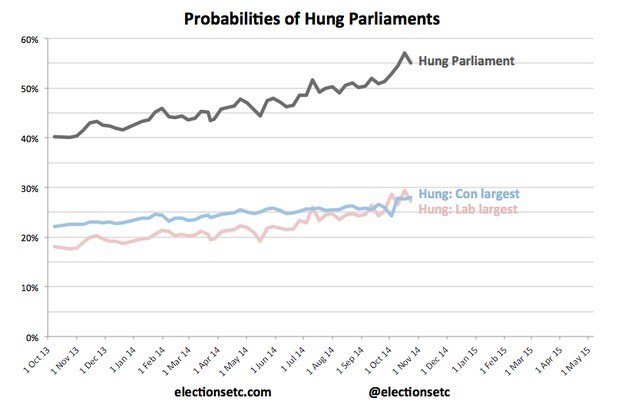
And there's always the possibility that no one can form a government at all.
Until recently, the received wisdom in Westminster was that either Labour or the Conservatives would come close to gaining a majority of seats. One of the parties would then join with the remaining Lib Dems to form another coalition government.
But now that's starting to look like an optimistic scenario, and we could be looking at a three- or four-party coalition. Which would require a lot of political parties who hate each other to work together.
And that's when the fun really starts.
Want more politics news? Follow BuzzFeed UK Politics on Twitter, Facebook, and Instagram.
